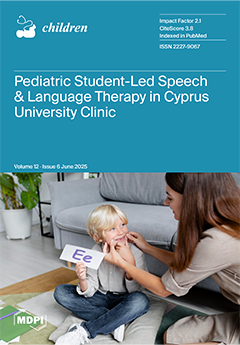Background: Active play has been proposed to complement school-based physical activity (PA) and promote increased movement-related activities relevant for the development of motor competence. Guided active play (GAP) paired with cooperative games provides sufficient moderate-to-vigorous physical activity (MVPA) to improve motor competence for younger children. Whether guided active play exhibits physical activity outputs that are related to motor competence is uncertain. This study assessed the strength of relationships between play-based physical activity and movement skills by comparing linear regression and chi-square analyses.
Methods: Forty-two children (Mage = 8.8 ± 0.8 years) participated in a community center program. PA was measured via accelerometry for GAP, alongside assessments of anthropometrics, fitness (leg power, strength, VO
2max), and FMS (Test of Gross Motor Development-2). Multiple linear regression analysis examined reciprocal relationships. Chi-square and cross-tabulations analyzed categorical variables based on lab percentiles (low < 33%, high > 66%) for PA energy expenditure (PAEE), intensity (MVPA), FMS, and fitness.
Results: GAP MVPA and object control skills (OC) showed positive reciprocal pathways (β = 0.308, β = 0.394;
p ≤ 0.05). VO
2max predicted MVPA (β = 0.408;
p < 0.01), with leg power related to PAEE (β = 0.456;
p ≤ 0.01). Chi-square analysis revealed significant associations between high OC skills and high PAEE (X
2 = 15.12,
p ≤ 0.05), and high individual average scores of OC with high MVPA (X
2 = 11.90,
p < 0.05. The high performance of AP and LP was associated with MVPA and PAEE, respectively.
Conclusions: Findings support a positive feedback loop between MVPA and OC skills for GAP. GAP is an effective strategy for program interventions for children 8 to 10-year old.
Full article






